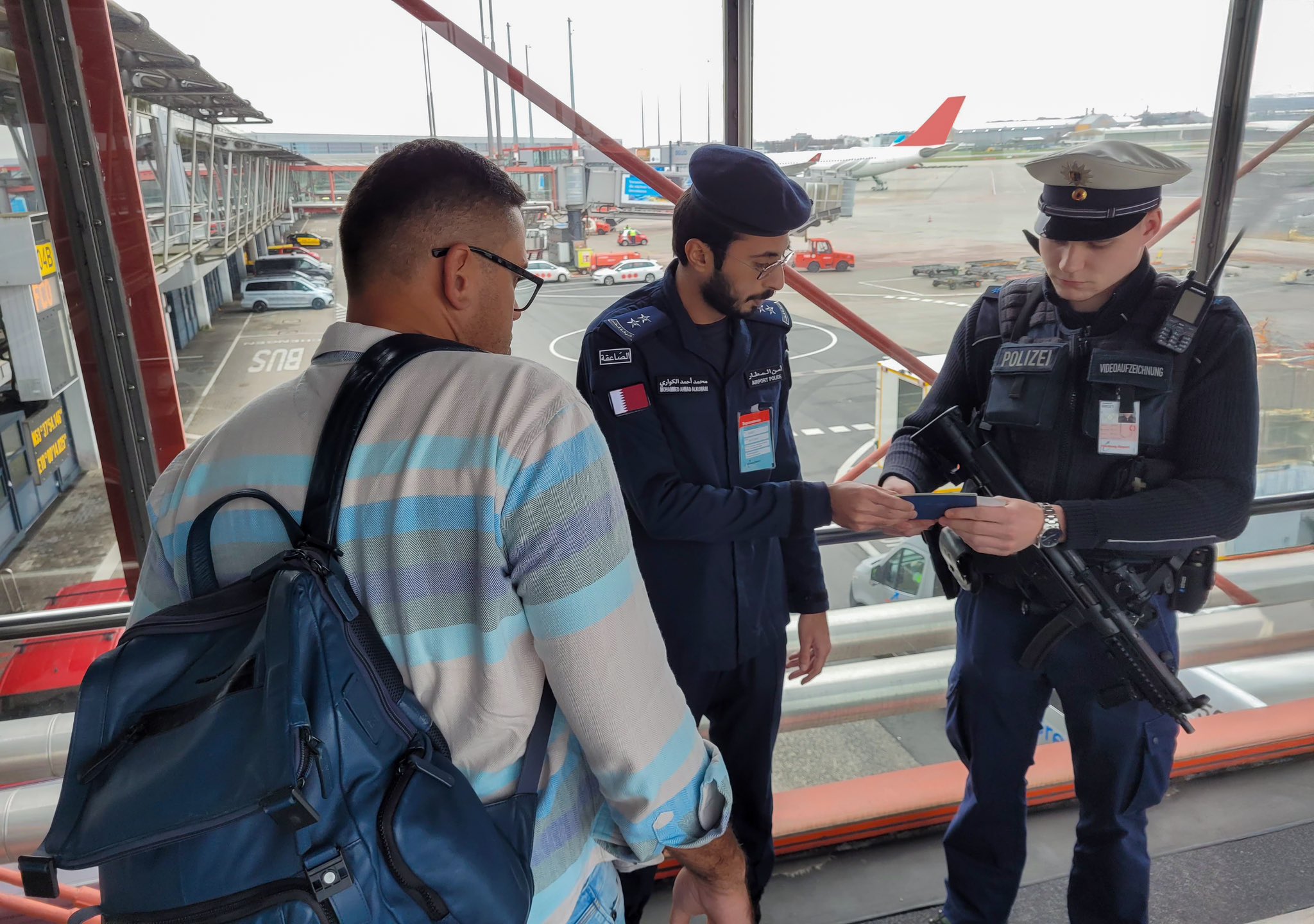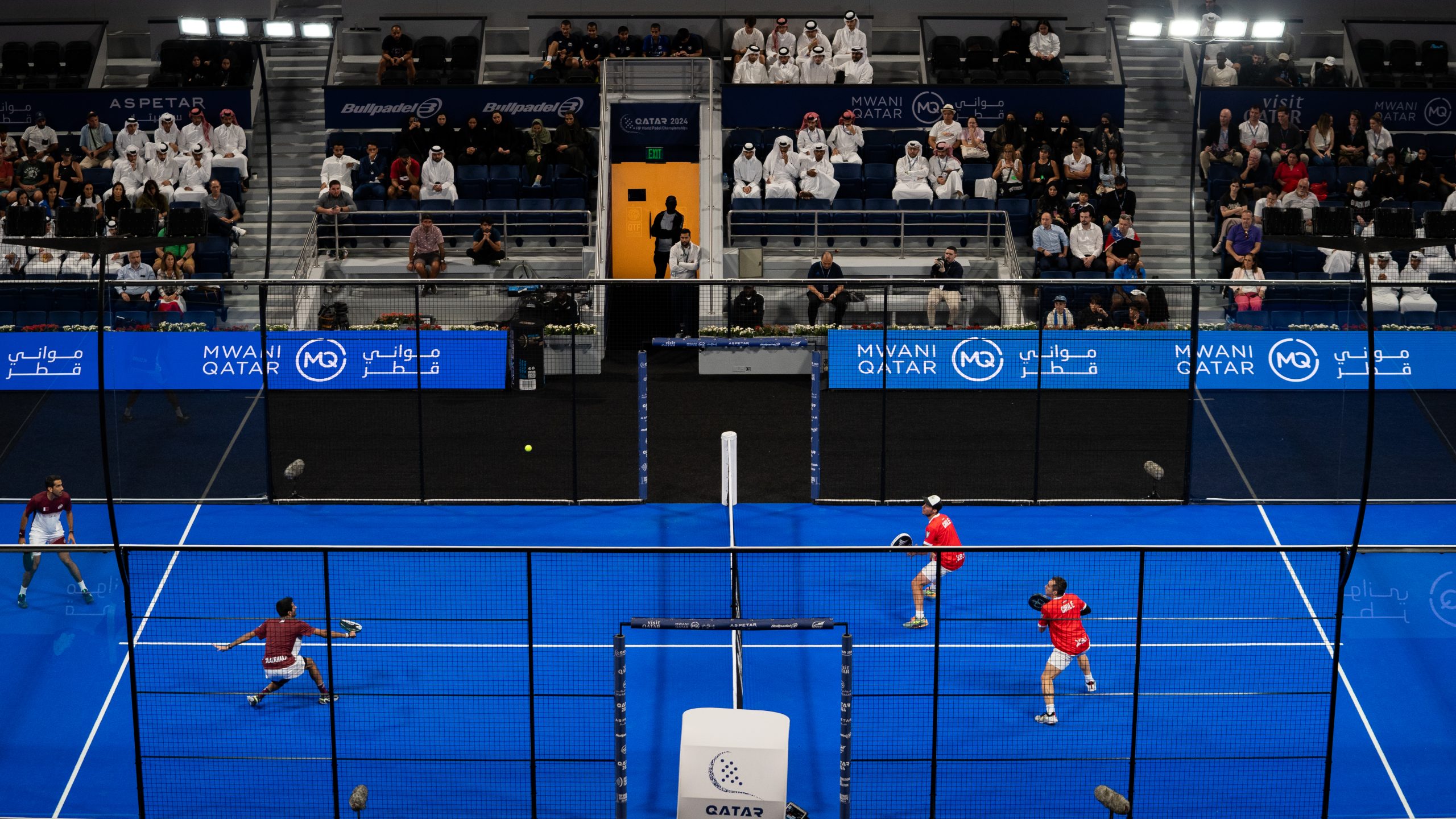As of now, there are no visible signs of a settlement between Qatar Airways and Airbus.
The European Union’s top safety regulator in the aviation industry said on Tuesday said it found “no evidence” that paint or surface erosion on A350 long-haul jets pose safety concerns, amid an ongoing legal battle between Qatar Airways and Airbus.
Airbus, backed by the European Union Aviation Safety Agency (EASA), has “acknowledged” quality flaws with the planes in several airlines but rejects that the issues constitute safety risk, arguing that there is sufficient backup lightning protection, Reuters reported.
Described as an “exceptionally rare” public conflict in the aviation industry, the ordeal ignited in late 2020 when Qatar Airways discovered paint erosion on 21 aircrafts as well as deterioration in the anti-lightning protection on long-haul jets.
The Gulf carrier is suing the European plane manufacturer in a UK court for $1 billion in damages upon grounding more than 20 out of 53 of its flawed A350s, with the value of the carrier’s claim rising by $4 million per day.
Qatar Airways says the damages raise safety concerns, which Airbus and European regulators deny and insist damages do not pose a hazardous risk.
With its claims backed by its own national regulator, Qatar Airways, which has ordered the A350s to be taken out of service, insists that the magnitude of safety cannot be properly understood until Airbus provides “deeper technical analysis.”
On Tuesday, the head of EASA, while on a visit to the United States, defended the agency’s stance on the A350 dispute upon being asked whether the long-haul jets’ safety remained intact.
“We have inspected the airplane. We saw no damage which could imply safety issues,” the agency’s executive director Patrick Ky told reporters on the sidelines of an air safety conference in Washington, as per Reuter’s reports.
Other airlines voice concerns
The immediate dispute between Airbus and Qatar Airways over the A350 jets flies beyond the Gulf region, with at least five other airlines previously complaining of paint damage.
In late November 2021, private maintenance messages reviewed by Reuters revealed that Finnair, which operates in the colder north, raised paint concerns as early as 2016, and reported in October 2019 that damage had spread below to the anti-lightning mesh.
Cathay Pacific, Etihad, Lufthansa, and Air France also raised damage concerns.
Following those previously unreported problems, Airbus set up a “multi-functional task force,” in 2020 while acquiring knowledge on new materials for lightning protection in future A350 jets, Reuters said.
2023 trial
In a public statement, Qatar Airways argued “the impact of the condition on safety of the affected aircraft can only be established once (it) has been properly investigated and the full root cause conclusively established.”
The opposing sides will confront one another in a three-month trial starting in June next year after a United Kingdom judge called for the matter to be dealt with as soon as possible, noting it had “industry implications” globally.
According to the judge’s preliminary ruling, the Gulf carrier has specified its plans to prove that fundamental design decisions are the root cause of the A350’s issues.
The planemanufacturer has indicated that “premature paint erosion” is a feature of the carbon-composite technology used to build all modern long-haul jets, which is a necessary “trade-off for its weight savings,” Reuters said.
An international meeting of airline chiefs is set to take place in Qatar Between 19-21 June 19 , bringing together Airbus Chief Executive Guillaume Faury, the International Air Transport Association.
The event is hosted by Qatar Airways CEO Akbar Al Baker.
The ongoing aviation battle is believed to have escalated in recent months after an Airbus decision to revoke a separate contract with Qatar for its smaller A321neos.
Qatar Airways said the move to punish the airline over its decision to ground some A350s by cancelling a separate deal puts forth a “worrying market precedent.”







